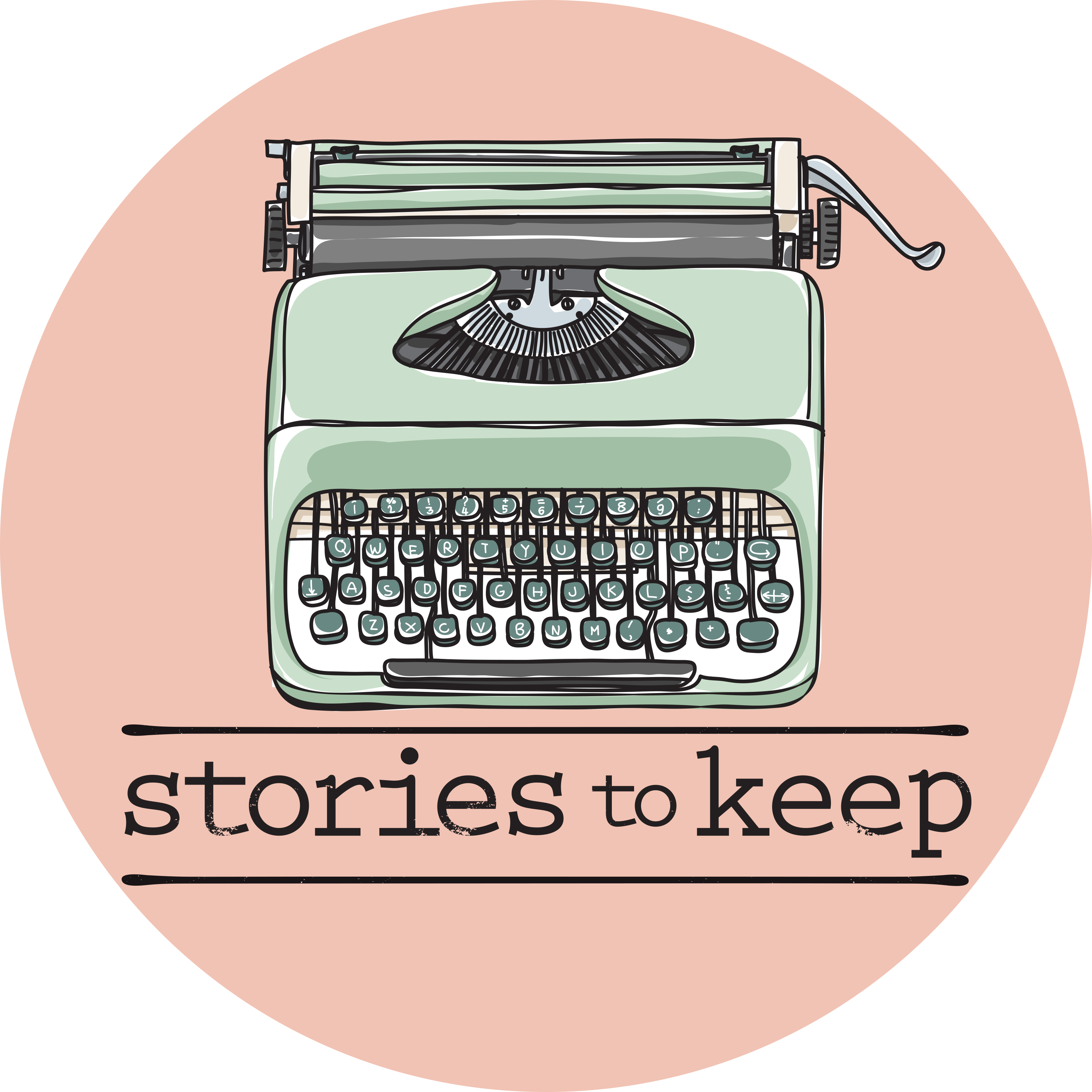I wrote my first ever news room story on a typewriter. Each paragraph was numbered and printed on carbon paper – one page to the editor, one to the sub-editor and one for me to keep. Compositors got a version too, once it was “subbed”.
Each one of my words had to be perfectly placed. If I had to rewrite a paragraph, I had to start again. It was the dying days of the typewriter and laborious. Luckily, that first story was for the local paper and only about the Lion’s Club’s fundraising venture and not a breaking news story.
Fast forward from my 16-year-old work experience self to reporting for The Age and The Sunday Age, reporting is totally different and yet strangely familiar. I worked the transport, social affairs, property, consumer affairs and education rounds, but my last seven years were as a breaking news reporter.
In some ways, those individual paragraph stories of my youth have come full circle in the digital age.
Thanks to Google, every second counts in breaking news and reporters can find themselves writing one or two paragraphs at a time in order to be the first with the URL about this story. That’s why you read online stories now with just one or two paragraphs and then “more to come” at the end.
Being first is important
Not every story gets written like that in breaking news, but if there is a scramble on a big story for the day, then being first is important.
Breaking news is either “out of the blue” or a scheduled release that all reporters will get at the same time. Freak accidents, bush fires, shootings or bombshells (think Julia Gillard’s misogyny speech) versus the scheduled release of high interest public information – Royal Commission findings, major court cases and major government announcements with an impact on ordinary lives.
For the scheduled release type of breaking news, reporters can partially write their story with background information. It will include what’s happened so far and context. Even the day before a major scheduled release, it is often possible to offer up your talent, including offering an embargoed pre-interview, talking through what might or might not come out in the report. On the morning of the release, an organisation can also flag that it will release a statement with direct contact numbers for its spokesperson.
To get into an “out of the blue breaking news,” fleet-footed comms experts can offer up talent, experts, or write short statements, sometimes with links to information, reports and context. Caution: there is no point to sending a link to a 40-page-plus report – summarise it first into an easily digestible bite. Highlight your point, explain it in lay terms.
For stories that continue to evolve all day, once the first eight to 10 paragraphs are filed they need to be updated to stay on top of Google.
Giving stories an edge
Reporters need to think critically about the story and the avenues other reporters might not have – something to give their story the edge. They start making more calls. Ringing contacts, and cold calling. Sometimes they have to call a victim’s family, they are having the worst day of their life – it is hard on both of you.
When it is a huge story, like the Essendon Airport disaster or the Bourke Street massacre it can turn into a live blog. Again it is writing one or two paragraphs at a time, but instead of being on carbon paper, it is an individual post with one URL.
I was writing a general morning news blog for The Age when the Essendon Airport disaster happened. I saw a tweet with a photo from a helicopter. Anyone who could see the flames and smoke alone in that location – it was going to be big.
Smart universities and authorities were offering up their aviation experts to give some potential explanations, context and history. As awful as the tragedy was, to give our readers what they needed was thrilling and heart in the mouth stuff.
One great thing about being a breaking news reporter is people take your calls. Smart comms people know how bad it looks to have “no voice” in a breaking news story. I have had chief executives and bureaucrats pulled from high level meetings for a breaking news story. I have also called every 10 minutes until a recalcitrant “spokesperson” has come to the phone.
That’s what breaking news is like. You can’t be shy about it. While you are being shy, someone else is getting them on the phone and you are missing the story. The same goes for comms experts, she/he who hesitates is lost.
This article first appeared on Commtract, a marketplace and community for communications professionals.



Many thanks, this site is extremely beneficial.